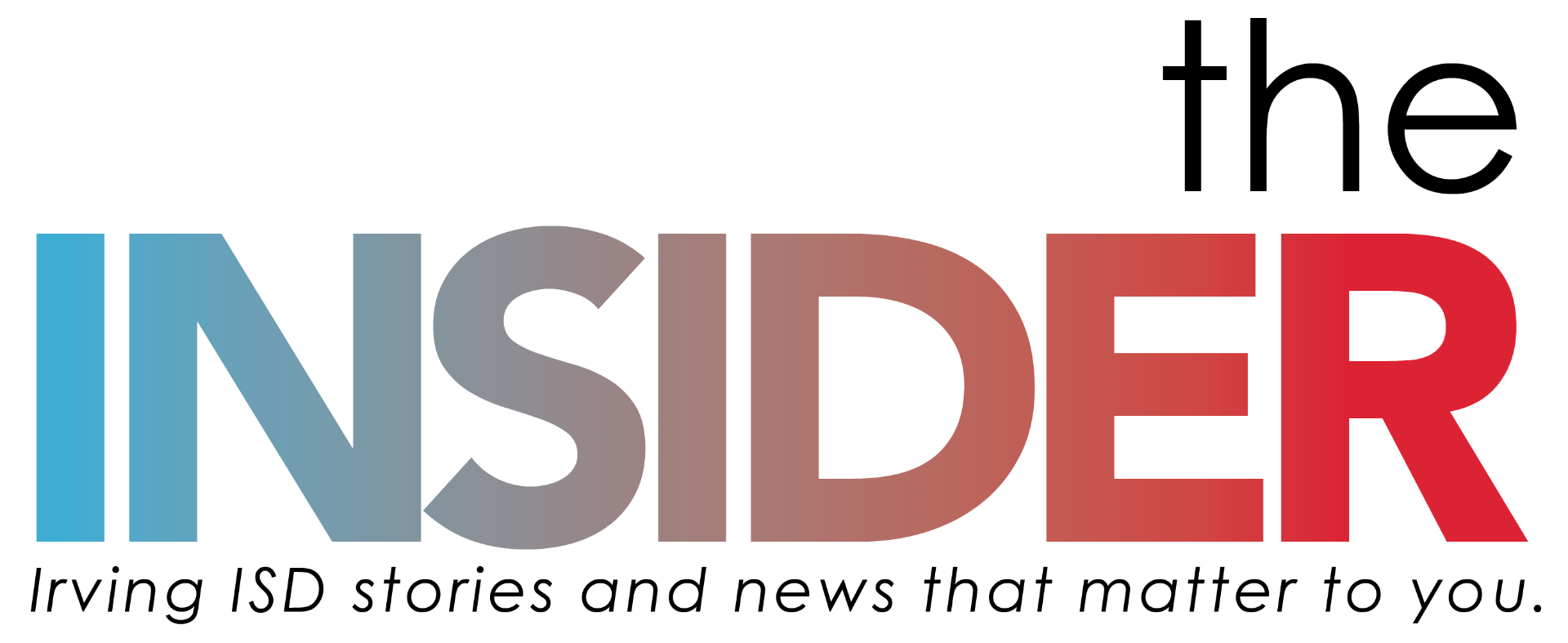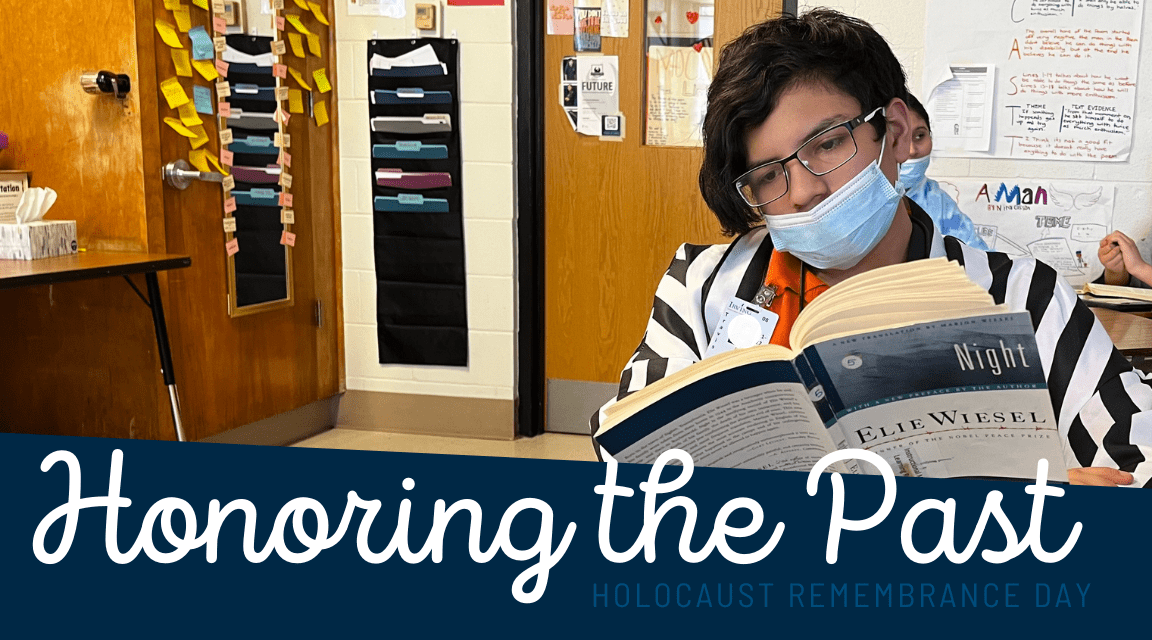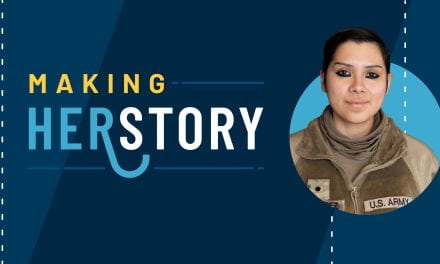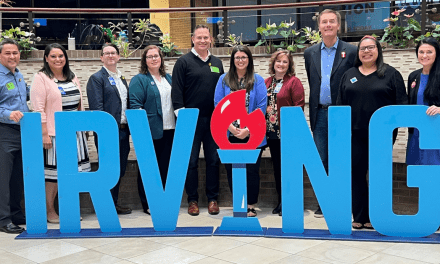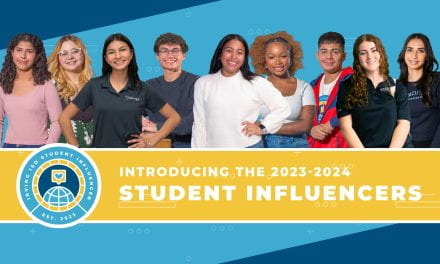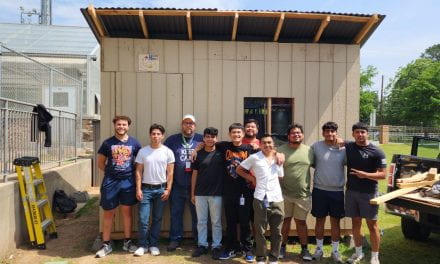Each year on January 27 the world pauses to remember the victims of the holocaust. Today and for the past several weeks, Travis Middle School students are reading literature about the holocaust and pondering the tough questions. How could so many people stand by as millions died? Can history repeat itself? Would you risk your life to save a neighbor or friend?
Seventh grade gifted and talented students debated these questions after reading “Number the Stars” by Lois Lowrey, a piece of historical fiction centered around one family’s efforts to help Jews escape the Nazis. This story helped students see and understand the holocaust and its tragic implications through the eyes of relatable characters.
“Teaching fiction helps develop empathy. That’s my biggest ‘why’ as a literature teacher,” says English teacher Pia Pulido. “We may not ever experience anything of this sort, but we can at least explore the human condition through literature.”
Meanwhile, 8th grade students studied a variety of literature related to the holocaust, from non-fiction and memoirs to a poem. After studying the poem, “The Butterfly” by holocaust victim Pavel Friedmann, students cut out and designed butterflies to honor victims of the holocaust.
“It’s important now, just as it always has been, to not forget what happened in the holocaust.,” says Jessica Bailey, 8th grade ELAR teacher.
After learning about the holocaust in the classroom, the students took a trip to the Dallas Holocaust and Human Rights Museum. The museum brought all they learned to life through historical photos, artifacts and a movie documenting stories of holocaust survivors.
The interactive pieces in the museum helped students empathize with those who lived through the holocaust and understand the importance of learning their stories. For seventh grader Mubarak Aduku, learning “the amount of pain one human can cause to millions of others” was an eye-opening experience.
This unit created opportunities for these Travis students to grow not just as students, but as compassionate citizens. For Bailey, that is the best part of the job.
“Being able to teach this unit has been amazing. It starts really deep, rich conversations,” says Bailey. “They are all so enthralled in what we are reading and learning about. I’m seeing them grow as humans because of the topics we are discussing.”
